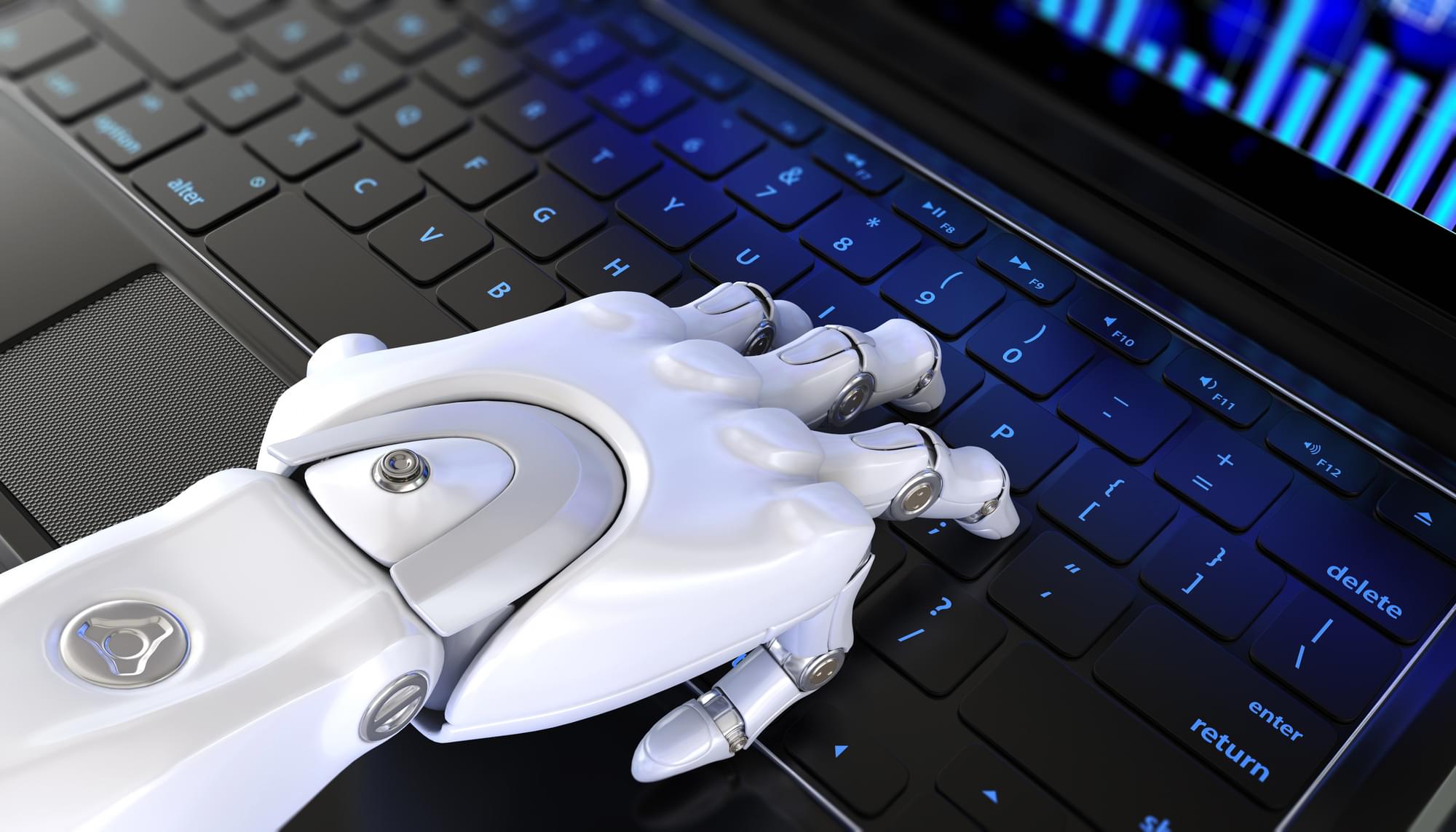For a decade, scientists have believed that plants sensed temperature mainly through specialized proteins, and mainly at night when the air is cool. New research suggests that during the day, another signal takes over. Sugar, produced in sunlight, helps plants detect heat and decide when to grow.
The study shows that plants rely on multiple heat-sensing systems, and that sugar plays a central and previously unrecognized role in daytime temperature response. The findings, published in Nature Communications, reshape a long-standing view of how plants interact with their environment and could influence future strategies for climate-resilient agriculture.
“Our textbooks say that proteins like phytochrome B and early flowering 3 (ELF3) are the main thermosensors in plants,” the senior author said. “But those models are based on nighttime data. We wanted to know what’s happening during the day, when light and temperature are both high because these are the conditions most plants actually experience.”









